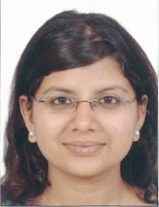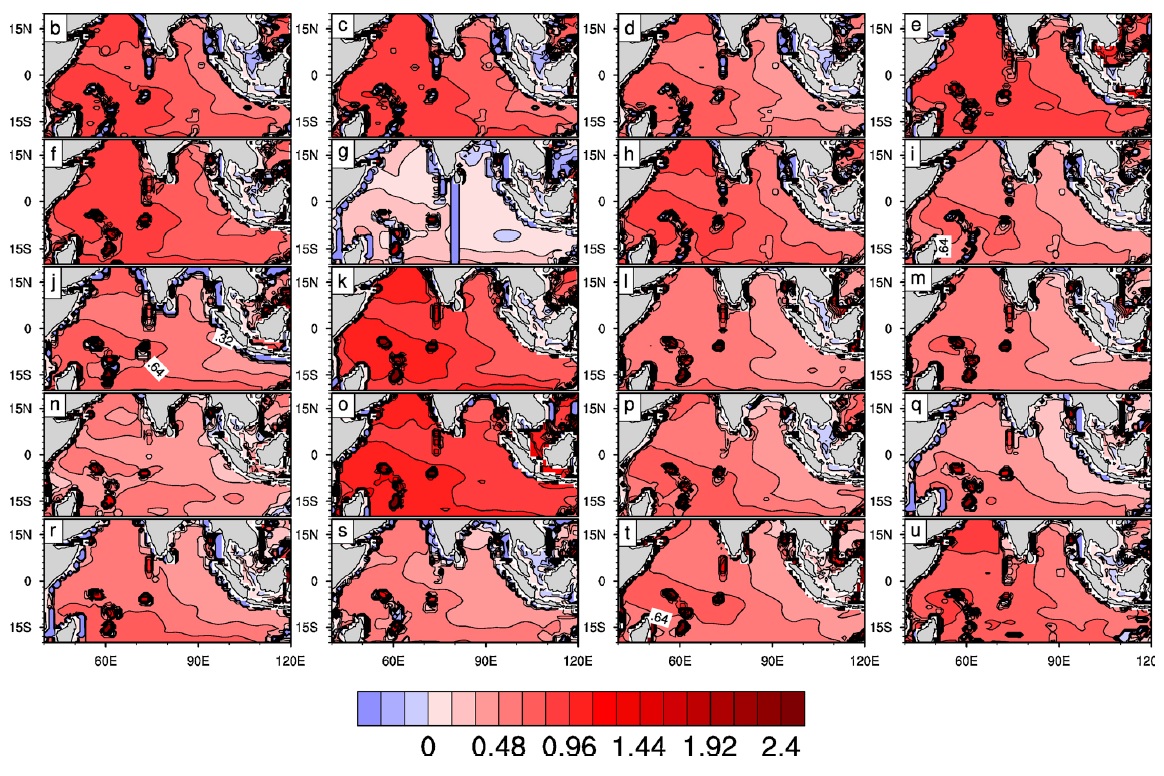Scientist Profile

Dr. Shikha Singh
Designation
: Scientist D
Phone
: +91-(0)20-25904518
Fax
:
Email ID
: shikha[at]tropmet[dot]res[dot]in
| Degree | University | Year | Stream |
|---|---|---|---|
| Ph.D. | Indian Institute of Technology, Mumbai | 2022 | IDP in Climate Studies |
| Induction Training | Indian Institute of Tropical Meteorology, Pune, India | 2013 | Atmosphere and Ocean Science |
| B.Tech. | Motilal Nehru National Institute of Technology, Allahabad | 2012 | Chemical Engineering |
 Understanding the role of subsurface biases in coupled models
Understanding the role of subsurface biases in coupled models
 Mixing parameterizations in the ocean models
Mixing parameterizations in the ocean models
 Numerical modelling of oceans
Numerical modelling of oceans
 Turbulence modeling
Turbulence modeling
| Award Name | Awarded By | Awarded For | Year |
|---|---|---|---|
| Fulbright Kalam Doctoral Fellowship | The J. William Fulbright Foreign Scholarships Board (FSB), Washington D.C., U.S.A. and Department of Science & Technology, Ministry of Science & Technology, Government of India | Excellence in scientific research | 2019-20 |
| AGU Travel Grant | American Geophysical Union | To attend AGU Fall Meeting 2019 | 2019 |
| AGU Outstanding Student Presentation Award (OSPA) | American Geophysical Union (AGU) at AGU Fall Meeting 2019 | Best Presentation | 2019 |
| Best Poster Award | National Oceanography Workshop, INCOIS, Hyderabad, India | Best Poster presentation | 2018 |
| Best Poster Award | National Science Conference, Indian Institute of Science, Bengaluru, India | Best Poster presentation | 2015 |
| Best Project Award | Centre for Advanced Training, IITM, Pune, India | Best dissertation | 2013 |
| Merit Scholarship Award | Motilal Nehru National Institute of Technology, Allahabad | Best performing student of the year | 2009-2012 |
| Year | Designation | Institute |
|---|---|---|
| 2022-Present | Scientist D | Indian Institute of Tropical Meteorology, Pune |
| 2019-2020 | Fulbright Scholar (Visiting Researcher) | University of Massachusetts, Dartmouth, USA |
| 2018-2021 | Scientist C | Indian Institute of Tropical Meteorology, Pune |
| 2014-2017 | Scientist B | Indian Institute of Tropical Meteorology, Pune |
| 2012-2013 | Trainee Scientist | Indian Institute of Tropical Meteorology, Pune |
| 2011- | Outreach Student | Indian Institute of Science, Bengaluru, India |
Research Highlight

Possible impact of subsurface biases in coupled models
The CMIP-5 models develop internal warm and saline biases between a depth range of ~100 and ~800m in long term simulations. These internal biases are found to have implications in large scale ocean dynamics via their linkage through baroclinicity of the ocean. The role of internal biases in the ensuing dynamics is quantified via relations between Brunt Vaisala frequency (N2) and baroclinic wave speeds using both Sturm-Loiuville theorem and WKBJ approximation. The CMIP-5 models are found to have a higher baroclinic speed compared to that of observations (figure). The study suggests that faster wave propagation in climate models due to subsurface biases has potential to change lifecycle and periodicity of simulated planetary scale events. A corollary being a cautionary outlook on climate projections made by coupled models as long as the biases are persistent.


